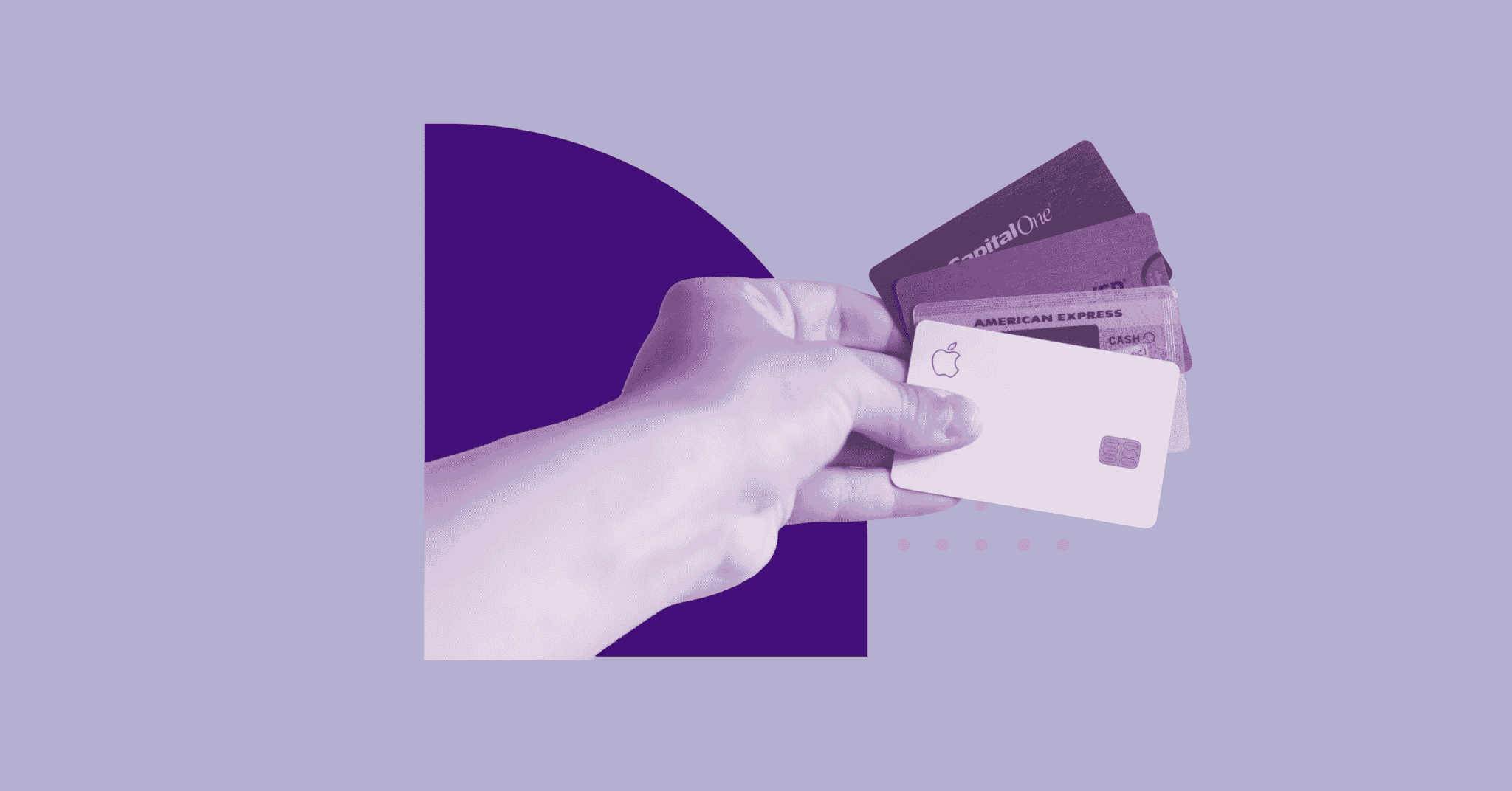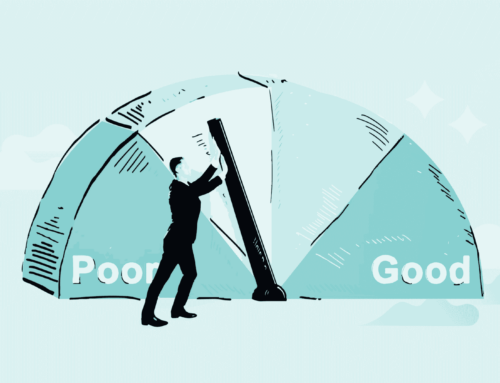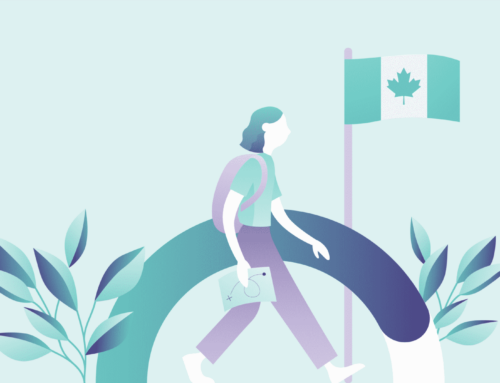A consumer proposal can be used to pay off consumer debt that’s under $250,000. It uses an authorized professional to negotiate a payment deal between you and your creditors.
This means that consumer proposals offer you some legal and emotional protection from creditors and debt collectors. All debt collectors have to stop contacting you once it’s applied for.
If a consumer proposal is approved, you will only interact with the authorized professional who is administering the process.
Consumer proposals are another way to pay off debt and get yourself back on the right track. This guide covers some pros and cons that will help you decide if it’s right for you.
How does a consumer proposal work?
A consumer proposal is a legally binding agreement made between a debtor and a creditor. In it, the debtor agrees to pay a certain percentage of what’s owed and to do so within five years. The debtor then sends the payments directly to the proposal administrator who pays the creditors.
The consumer proposal process is administered by a Licensed Insolvency Trustee or LIT. An LIT is a federal authorization granted to qualified financial professionals. LITs used to be known as bankruptcy trustees.
LITs are authorized to take care of the entire process. They formalize the agreement and facilitate the payments. So, you won’t need to go to a judge, arbitrator, or another legal professional.
Once a consumer proposal agreement is made, there should be no more contact between a debtor and the creditor. This makes consumer proposals a great option for anyone struggling with multiple creditors or debt collectors. It can get them off your back.
Will a consumer proposal pay off debt?
A consumer proposal can be used to pay off a collection of unsecured debt that’s between $5,000 and $250,000. However, you usually end up paying back less than you owe. That’s the great thing about these options.
How much do you pay back in a consumer proposal?
The amount you pay back depends on your creditors, your financial abilities, and how good your LIT is.
However, you can end up paying back 20 to 50% of what you owe.
Does consumer proposal affect sponsorship?
No. A consumer proposal doesn’t affect your ability to sponsor someone in any way. That’s one thing that it has over filing for bankruptcy.
Consumer Proposal versus Bankruptcy versus Debt Settlement
Here’s a quick breakdown of key differences between consumer proposals, bankruptcy proceedings, and debt settlements. If you want a more detailed comparison of consumer proposal vs bankruptcy, see here.
Bankruptcy
- It’s calculated based on income and assets
- You forfeit assets that aren’t legally exempt
- You lose the ability to sponsor someone to Canada
- You can get a first-time bankruptcy for as little as $1,000
- Lasts 9 months or 21 months, based on income
- Stays on a credit report for 7 years after completion
Consumer Proposal
- Your assets aren’t at risk
- You can keep your tax refund
- Is negotiated to get the payment you want
- Stays on a credit report for 3 years after completion
- Creditors are prohibited from contacting you once it’s filed and can’t contact you while it’s active
Debt Settlement
- Deb settlement companies aren’t government regulated and lack the protections offered by consumer proposals
- Debt settlement companies aren’t required to make regular debt payments on your behalf
- Debt settlement companies aren’t legally required to find the best debt relief option for you
- Charges fees up to 15% of debt payments
- Often ends up damaging your credit scores when creditors report late payments during the informal process
- Often have to collect a lump sum payment which is used to settle the debt
- A debt settlement stays on your credit report for 6 years
- This process doesn’t prevent creditors from contacting you
Who is a consumer proposal best suited for?
Before we get to who this is best suited for, here’s how to qualify for a consumer proposal.
- You are a Canadian resident or property owner
- You are financially insolvent – meaning you owe more than you are worth or can’t keep up with your debt payments
- Unsecured debt (not including a mortgage on your principal residence) that’s over $5,000 but under $250,000 if filing alone or under $500,000 if filing with another person (such as a spouse)
- You can’t afford to pay back all of your debt and consider it unmanageable
- You have a stable income and can meet certain payments every month
- You don’t have any previous proposals that are still open or active
That’s what it takes to become eligible for this debt repayment option. But is a consumer proposal worth it for you?
Here are a few situations that we think these repayment agreements are ideal for.
- Do you have a lot of interest built up? Structuring an agreement for lower payments can be worth it.
- Do you have several creditors who are aggressively harassing you even when you can make the payments? A consumer proposal will get them off your back.
- Are you employed and making a steady income, but find yourself with debt that ballooned out of control? A consumer proposal can make that manageable.
- Are you considering filing for bankruptcy, but want to protect your assets or ability to sponsor someone to Canada? A consumer proposal will be preferable.
How long does a consumer proposal stay on the credit report?
A consumer proposal will stay on your credit report for three years from when you finish paying it off or six years from when it is filed, whichever comes sooner.
These guidelines apply to both Equifax and TransUnion.
Can you get credit while in a consumer proposal?
Yes, a consumer proposal allows you to access certain forms of credit while you are in it. You can get vehicle financing, credit cards, and other loans while in the process.
That doesn’t mean it’s easy. Your ability to access car loans and other forms of revolving credit will depend on your ability to pay while in the proposal, along with the creditor’s willingness to extend it to you. It’s fairly common for car loans to come with higher interest rates during consumer proposals.
The credit cards involved in the consumer proposal will have to be closed during the process. But there’s nothing prohibiting you from opening a new one – if you qualify.
A secured credit card can be acquired during a consumer proposal. It’s always convenient to have a credit card on hand and this will retain your ability to pay by credit without allowing you to spend excessively.
Another form of credit you will have access to is a loan to pay off the consumer proposal. These are extended by private creditors.
What happens to credit score during a consumer proposal?
Filing for a consumer proposal does negatively impact your credit score. It results in an R7 rating being added to your credit report for three years from when the proposal is finished or six years from when it was filed for, whichever comes first.
The credit accounts on Canadian credit reports are assigned ratings from R1 to R9. An R1 rating is the best as it means that an account is paid on time. Credit accounts that are paid late get progressively rated worse, up to an R5.
An R7 rating is used for structured debt repayment plans such as consumer proposals, debt management plans, and consolidations.
An R9 score is the worst and reserved for uncollectible debt such as bankruptcy (and occasionally consumer proposal, but not typically).
An R7 rating isn’t the worst-case scenario, but it’s pretty close. Having this on your credit report will skew things towards the lower scale. That will get even worse if you have a history of making late payments on other accounts.
Consumer proposals are notorious for damaging your credit score. However, there are ways to manage this. You can even rebuild it while in the process. Learn more about the reality of a consumer proposal in Canada.
Rebuilding your credit score while in a consumer proposal
Do you know what a bad credit score is? In Canada, credit scores range from 300 to 900. Scores between 660 and 900 are considered good to excellent. That’s what everyone should aim for.
It might seem impossible to get there if you are going through a consumer proposal and find yourself on the lower end.
But raising your credit score is completely within your reach. You simply need to take the right steps. You can get started on this while in the consumer proposal.
There are three things you should do:
- Pay your consumer proposal on time
- Use secured credit while in the proposal
- Clean up your credit report
1. Make those payments on time, every time
You have to make any consumer proposal payments on time. That should go without saying. Your trustee should negotiate payments that can be comfortably made without putting you under too much stress. It is possible to defer up to two payments without damaging the proposal.
However, a consumer proposal will be nullified once you are missing three payments. That will undo all the work you’ve done. If you feel you can’t meet the terms that were agreed to, ask your trustee to rework things.
2. Rebuild with a secured credit card
If you feel comfortable with the payment plan and are open to the idea of using credit, consider getting a secured credit card and use that to help build your credit score. Just make sure to keep this credit card within the limits of what you can pay off each month.
You may have other credit cards available to you since you are allowed to keep credit cards that aren’t involved in the consumer proposal. But think carefully before using them.
If you tend to let credit card debt get out of control, it will be much better to avoid credit use completely and take a slower path to rebuild your credit.
3. What’s on your credit report?
Your credit report may be inaccurate once you’ve gone through the process. A consumer proposal should wrap all your unsecured debt into one.
However, this isn’t always reflected in a report. It’s fairly common for accounts to not be updated and to remain as outstanding debt.
So, get a copy of your credit report and verify it for accuracy.
- Does it show unpaid collections from accounts included in the proposal?
- Are there still loans, credit cards, lines of credit, or other revolving credit accounts on it?
- Are credit card issuers or other creditors still reporting missed payments despite the proposal?
Those are a few common issues. Scrutinize your credit report then contact the credit reporting agency.
They might not want to take credit accounts off while you are still in the proposal process. However, you should be getting dinged for supposed missed or late payments.
Are you ready for a new loan?
You also have the option of getting a loan from a bank, credit union, or private lender. This should be treated carefully since the last thing you want to do is rack up more unsecured debt, especially if it comes with high interest. However, car loans and other financing options are available to you.
How do creditors get paid by consumer proposals in Canada
In Canada, the consumer proposal process places the Licensed Insolvency Trustee in between you and a creditor. They are the ones who make the payments to them, based on the terms agreed to.
You are only responsible for paying the trustee one lump sum. The trustee then divvies that up amongst the creditors.
How to get a mortgage after a consumer proposal
The consumer proposal does make it more difficult to get a mortgage. However, your ability to get one is ultimately determined by your financial capabilities.
The Canadian Mortgage and Housing Corporation prefers to wait at least two years from a proposal’s completion to provide a mortgage with good rates and terms. Their standard is followed by the major banks and credit unions.
You can find mortgages from alternative lenders before that time. That’s as long as you have a healthy down payment, income, and track record of financial responsibility.
Is a consumer proposal right for you?
The consumer proposal process can be the right option to help you get out of debt while keeping your assets and preserving the ability to access certain forms of credit.
Take it seriously if you go through with it. It will impact your creditworthiness, but it doesn’t have to spell financial ruin or delay big goals – like homeownership – for more than a few years. It’s completely possible to get through the consumer proposal process in good time and with a higher credit score than you started with. This is a massive financial decision and with that, it comes with stress. We’ve written two blogposts on how to tell your family you’re in a consumer proposal and an in depth journey from debt to relief.
What’s the best way out of debt for you?
At Marble, we believe in financial inclusion and serving those who are unserved or underserved in the credit market. We’ve built a free debt assessment tool for those who are feeling the burden of debt and unsure about their options. Based on our 15-question survey, CreditMeds will recommend the best option to settle your debt based on your situation. Along with your results, you will be able to review other available options and make the decision when you feel ready.






